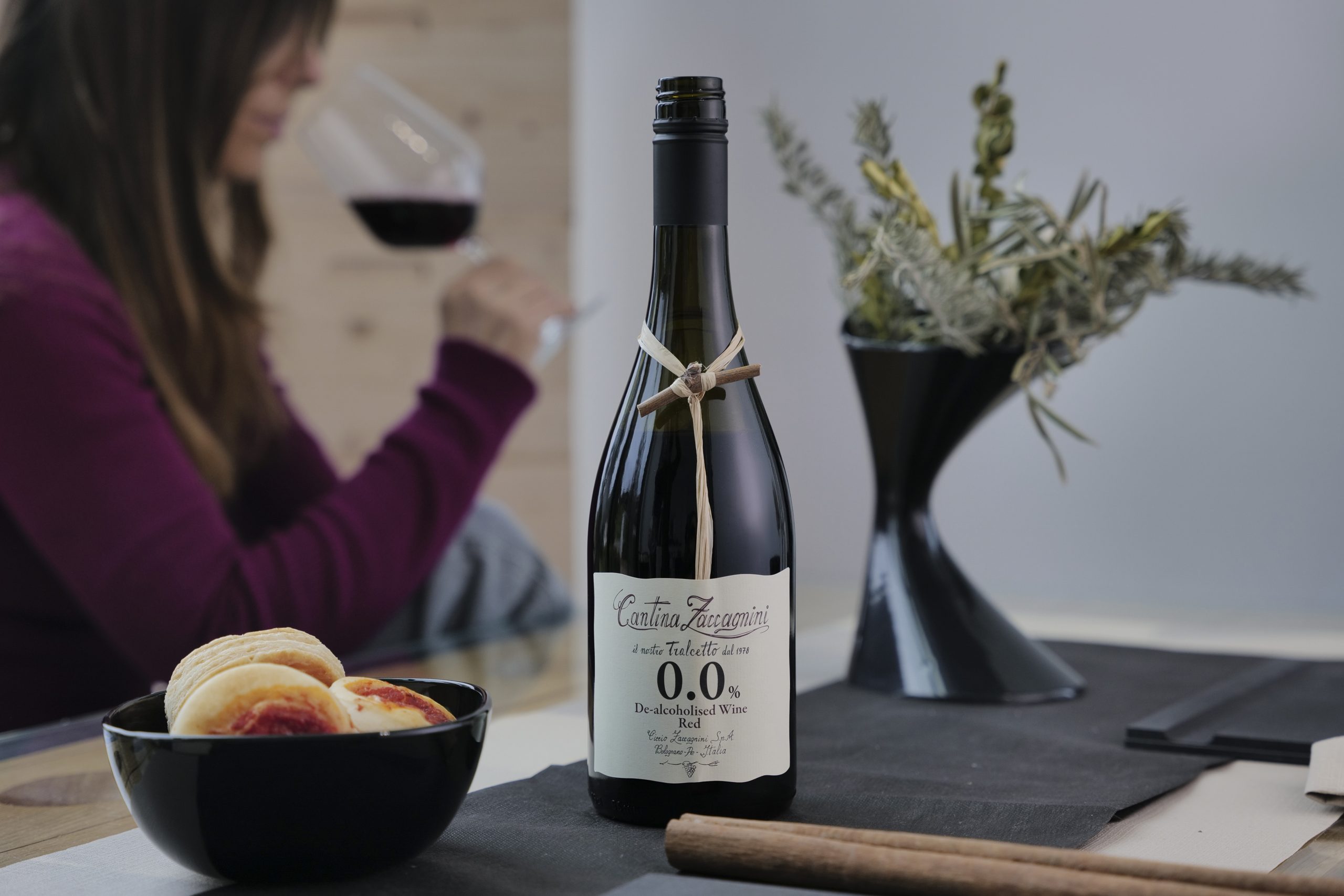Ventisquero seeks ‘new way’ with Med varieties
Chilean wine estate Viña Ventisquero is pioneering a “new way of looking” at Mediterranean grape varieties, according to chief winemaker Felipe Tosso Bruna.
Ventisquero’s Grey GCM bottling, a blend of Grenache, Carignan and Mourvèdre from the estate’s La Roblería vineyard in Apalta, Colchagua, is made in a fresher, more easy-drinking style than is generally associated with similar blends made in regions such as the Southern Rhône, Tosso said.
The style of the GCM – whose name pays silent homage to the GSM (Grenache, Syrah and Mourvèdre) associated with the Southern Rhône – was inspired by former Penfolds chief winemaker John Duval.
Duval has consulted for Ventisquero for more than a decade and was instrumental in the decision to plant the estate’s La Roblería vineyard with Mediterranean varieties in Chile (45m) in 2010. The vineyard was previously planted with Cabernet Sauvignon.
Duval has previously worked with Tosso to produce Ventisquero’s flagship Vertice – a single-site blend of Carmenère and Syrah – and Pangea – a single-site varietal Syrah.
He was also involved with the creation of Ventisquero’s Enclave, a Cabernet Sauvignon-based blend from Alto Maipo, which began rolling out across international markets in 2013.
Speaking to the drinks business at a tasting lunch to present Ventisquero’s top terroir wines made from vineyard sites across Chile, Tosso explained that originally the estate’s La Roblería vineyard had been planted with Cabernet Sauvignon vines but he and Duval became convinced that the site was unsuited to the variety.
In consultation with Duval, and partly inspired by trips to Priorat, he decided to switch to Mediterranean varieties – predominantly Grenache, on Duval’s advice, with some Carignan and Mourvèdre.
Using the roots of the Cabernet Sauvignon, Tosso grafted 1.5ha of Grenache in the upper part of the vineyard, and a smaller area of Carignan and Mourvèdre on lower, wetter part.
Tosso explained that various techniques were used to ensure a fresh, aromatic, easy-drinking style of wine.
Partner Content
The Carignan, he said, contributed acidity. Around 5% of whole-cluster Carignan was also used, with only gentle pigeage and no disturbing of the wine post-fermentation. The wine then went into barrels for malolactic fermentation and spent six months maturing in fifth-use French oak barrels.
“I’m really happy about this blend,” Tosso said. “It’s a new way of looking at Mediterranean varieties. Normally, if you see Châteauneuf-du-Pape, if you look at the South of France, these grapes are a much more mature style.”
“John always pushed me at the beginning and said, Felipe, in this vineyard, you should have Grenache and Mourvèdre. John has a Plexus red, that is a Syrah, Grenache and Mourvèdre, [which is] a little bit richer than this.
“We were trying to do something different, of course, but looking at a standard, [to] what people were doing in France, in Spain.
“John Duval is a guy that has an amazing palate. I call him ‘The Palate’. He is all about tannins and purity. When you see his story before, in Penfolds, he created a lot of wines. His big Grange Penfolds, and the second Syrah blend, the RWT, was created by him. He’s always a thinker.”
The GCM wine is made in open one and two-tonne tanks, with each varietal fermented separately. Tosso describes it as an everyday drinking wine, “a wine for tapas, for relaxing on the terrace” – in contrast to the more robust wines of the Southern Rhône. The current 2015 vintage is made from a 60/20/20 blend of Grenache, Carignan and Mourvèdre.





The name of the winery its not ‘Ventisqueros’. It is ‘Ventisquero’ Cheers
The name of the winey it’s Ventisquero, not VENTISQUEROS.
“with each varietal fermented separately.” This is an improper use of the word varietal. The word variety should be used instead.